Retirement marks a significant milestone in one's life, offering the opportunity to enjoy the fruits of decades of hard work and dedication. However, to make the most of your retirement years, it's essential to engage in effective financial planning. Proper financial planning ensures that you can maintain your desired lifestyle, cover medical expenses, and pursue your dreams during retirement. In this comprehensive guide, we will explore essential tips for seniors to create a sound financial plan for retirement.1. Assess Your Current Financial SituationThe first step in retirement financial planning is to evaluate your current financial status. This includes:Savings and Investments: Take stock of your savings accounts, retirement accounts (e.g., 401(k), IRAs), and other investments.Monthly Expenses: Understand your current monthly expenses, including housing, healthcare, utilities, groceries, transportation, and leisure activities.Debts: Identify any outstanding debts, such as mortgages, car loans, or credit card balances.Income: Calculate your current income from all sources, including wages, Social Security, pensions, and rental income.By assessing your financial situation, you can establish a baseline and identify areas that require adjustment or improvement.2. Set Clear Retirement GoalsDefine your retirement goals and expectations. Consider factors such as when you plan to retire, the lifestyle you want to maintain, and any specific retirement dreams or aspirations. Having clear goals will help you create a targeted financial plan.Retirement Age: Determine the age at which you plan to retire. Your target retirement age can influence how much you need to save and the investment strategies you employ.Lifestyle: Consider the type of lifestyle you desire during retirement. Do you want to travel extensively, downsize your home, or pursue expensive hobbies?Healthcare: Recognize the potential healthcare costs associated with aging. Ensure your financial plan accounts for medical expenses, including insurance premiums and long-term care.Legacy: Decide whether you want to leave an inheritance for your heirs or charitable organizations.3. Calculate Your Retirement Income NeedsTo plan for retirement, you must estimate your income needs during your retirement years. Start by assessing your current expenses and adjusting for potential changes. Some expenses may decrease (e.g., commuting costs), while others may increase (e.g., healthcare).Basic Living Expenses: Include essential expenses like housing, food, utilities, transportation, and insurance premiums.Healthcare Costs: Account for medical expenses, including insurance premiums, copayments, and potential long-term care costs.Leisure Activities: Budget for recreational and leisure activities, travel, and hobbies.Debt Reduction: Plan to eliminate outstanding debts, such as mortgages and loans, before retirement.Inflation: Consider the impact of inflation on your expenses over time. What costs $1,000 today may cost more in the future.By calculating your retirement income needs, you can determine how much you need to save and invest to maintain your desired lifestyle.4. Create a Retirement BudgetOnce you have estimated your retirement income needs, create a detailed budget that outlines your projected income and expenses during retirement. A retirement budget will help you manage your finances effectively and avoid overspending.Income Sources: List all sources of retirement income, such as Social Security, pensions, annuities, and investment income.Expenses: Categorize your expenses and allocate funds for each category. Be realistic about your spending habits and priorities.Emergency Fund: Set aside an emergency fund for unexpected expenses or emergencies.Savings and Investments: Determine how much you need to save and invest regularly to meet your retirement goals.Adjustments: Review and adjust your budget periodically to account for changing circumstances or unexpected expenses.5. Maximize Retirement Savings ContributionsTo build a substantial retirement nest egg, contribute as much as possible to retirement savings accounts such as 401(k)s, IRAs, and employer-sponsored plans. Take advantage of any employer matching contributions, as these can significantly boost your savings.401(k): Contribute the maximum allowed by your plan, especially if your employer offers a matching contribution.IRA: Contribute to an Individual Retirement Account (IRA) each year. Consider a traditional IRA or Roth IRA based on your tax situation.Catch-Up Contributions: Seniors aged 50 and older are eligible for catch-up contributions, allowing them to contribute more to retirement accounts.Employer Benefits: If you continue working during retirement, explore any retirement benefits offered by your employer, such as a phased retirement program or part-time work.6. Diversify Your InvestmentsA well-diversified investment portfolio can help you manage risk and potentially earn higher returns. Consider a mix of asset classes, including stocks, bonds, and cash equivalents. Diversification can help protect your investments during market fluctuations.Stocks: Equities offer the potential for long-term growth but come with higher volatility. Consider a mix of domestic and international stocks.Bonds: Bonds can provide income and stability to a portfolio. Choose bonds with varying maturities and credit qualities.Cash and Cash Equivalents: Maintain an emergency fund in easily accessible, low-risk investments like money market funds.Consult a Financial Advisor: Consider working with a financial advisor to develop an investment strategy aligned with your retirement goals and risk tolerance.7. Consider Longevity RiskLongevity risk refers to the possibility of outliving your retirement savings. With advances in healthcare and longer life expectancies, it's essential to plan for a potentially lengthy retirement.Annuities: Explore the option of purchasing an annuity, which provides regular payments for life, helping safeguard against longevity risk.Withdrawal Strategies: Establish a sustainable withdrawal strategy that allows you to make withdrawals without depleting your savings too quickly.Healthcare Planning: Ensure your healthcare plan covers potential long-term care needs to avoid significant expenses in later life.8. Review Social Security BenefitsSocial Security benefits can be a significant source of income during retirement. Understand how Social Security works, and consider the best timing for claiming benefits.Full Retirement Age (FRA): Your FRA is the age at which you can claim full Social Security benefits. It varies depending on your birth year.Early vs. Delayed Claiming: You can choose to claim Social Security as early as age 62 or delay claiming until age 70. Delaying can result in higher monthly benefits.Spousal Benefits: Married individuals may be eligible for spousal benefits based on their partner's Social Security earnings.Consult the Social Security Administration: Visit the Social Security Administration's website or speak with a representative to understand your benefits and options fully.9. Manage Taxes in RetirementUnderstand the tax implications of your retirement income sources and investments. Efficient tax planning can help you keep more of your retirement savings.Tax-Advantaged Accounts: Make use of tax-advantaged retirement accounts like IRAs and 401(k)s.Roth Conversions: Consider converting traditional IRA funds to Roth IRAs to enjoy tax-free withdrawals in retirement.Tax-Efficient Withdrawals: Develop a withdrawal strategy that minimizes tax liabilities, such as taking advantage of lower tax brackets in early retirement.Consult a Tax Professional: Work with a tax professional or financial advisor to develop a tax-efficient retirement plan.10. Prepare for Healthcare CostsHealthcare expenses can be a significant portion of retirement spending. Plan for healthcare costs by considering the following:Medicare: Enroll in Medicare as soon as you're eligible. Understand the coverage options and potential out-of-pocket costs.Medigap or Medicare Advantage: Explore supplemental insurance options like Medigap or Medicare Advantage plans to help cover expenses not covered by Medicare.Long-Term Care Insurance: Consider purchasing long-term care insurance to help cover the costs of nursing home or in-home care.Health Savings Account (HSA): If eligible, contribute to an HSA, which can be used to pay for qualified medical expenses tax-free.11. Review and Adjust Your Plan RegularlyRetirement planning is an ongoing process. Review your financial plan regularly, especially when significant life events occur, such as changes in income, health, or family circumstances.Revisit Your Budget: Adjust your retirement budget as needed to reflect changes in expenses, income, and goals.Investment Portfolio: Periodically rebalance your investment portfolio to ensure it aligns with your risk tolerance and goals.Healthcare Coverage: Stay informed about changes in healthcare plans and Medicare coverage.Legacy Planning: Update your estate planning documents, including wills, trusts, and beneficiary designations, as needed.ConclusionEffective financial planning is essential for a secure and fulfilling retirement. By assessing your current financial situation, setting clear retirement goals, and implementing these tips, you can create a robust financial plan that provides for your needs and aspirations during your retirement years. Remember that retirement planning is a dynamic process that requires regular attention and adjustment to ensure your financial well-being and peace of mind during this exciting phase of life.





.png)
.png)



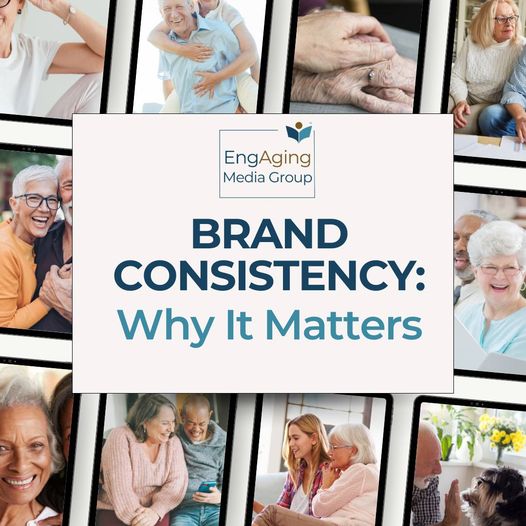
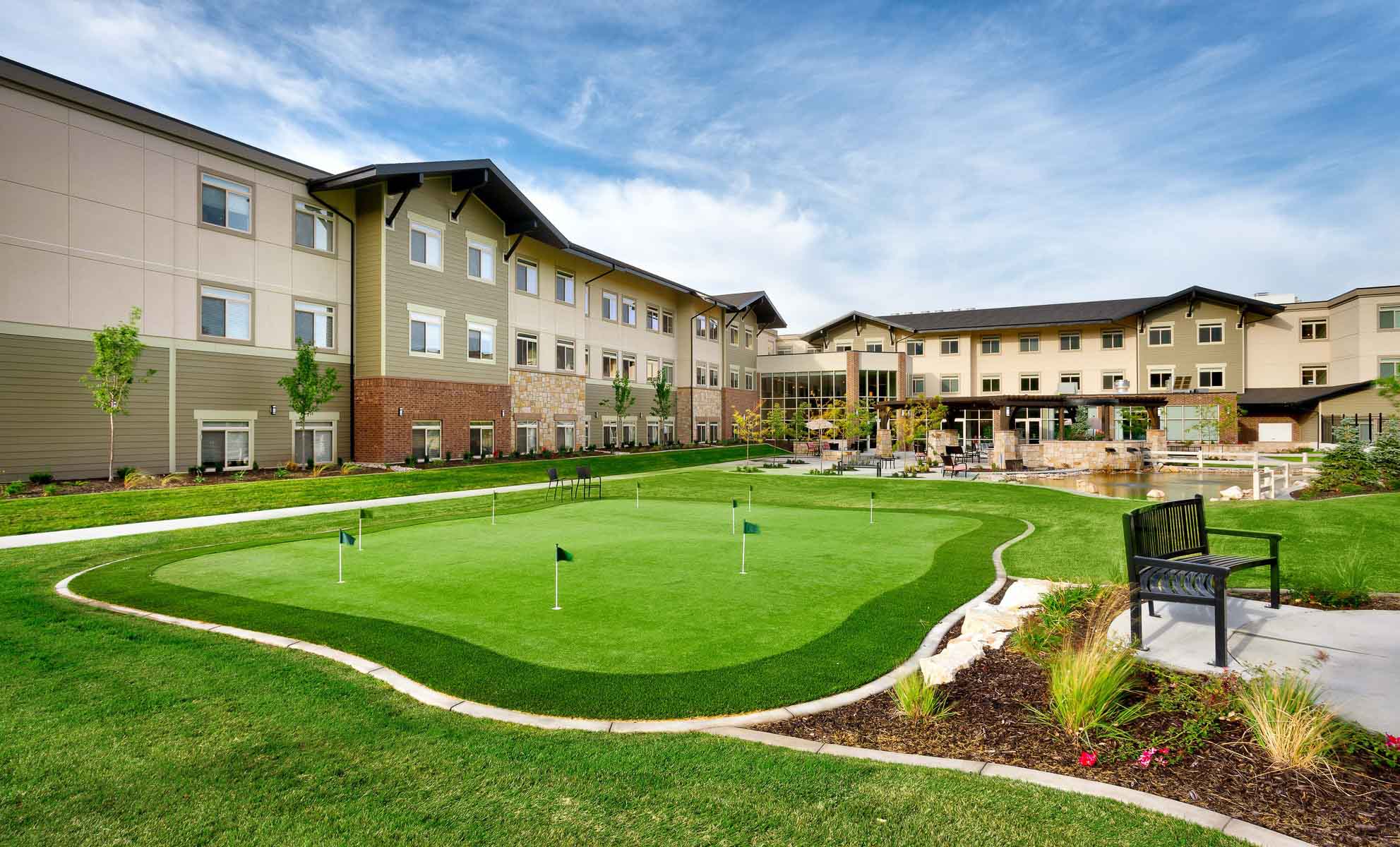
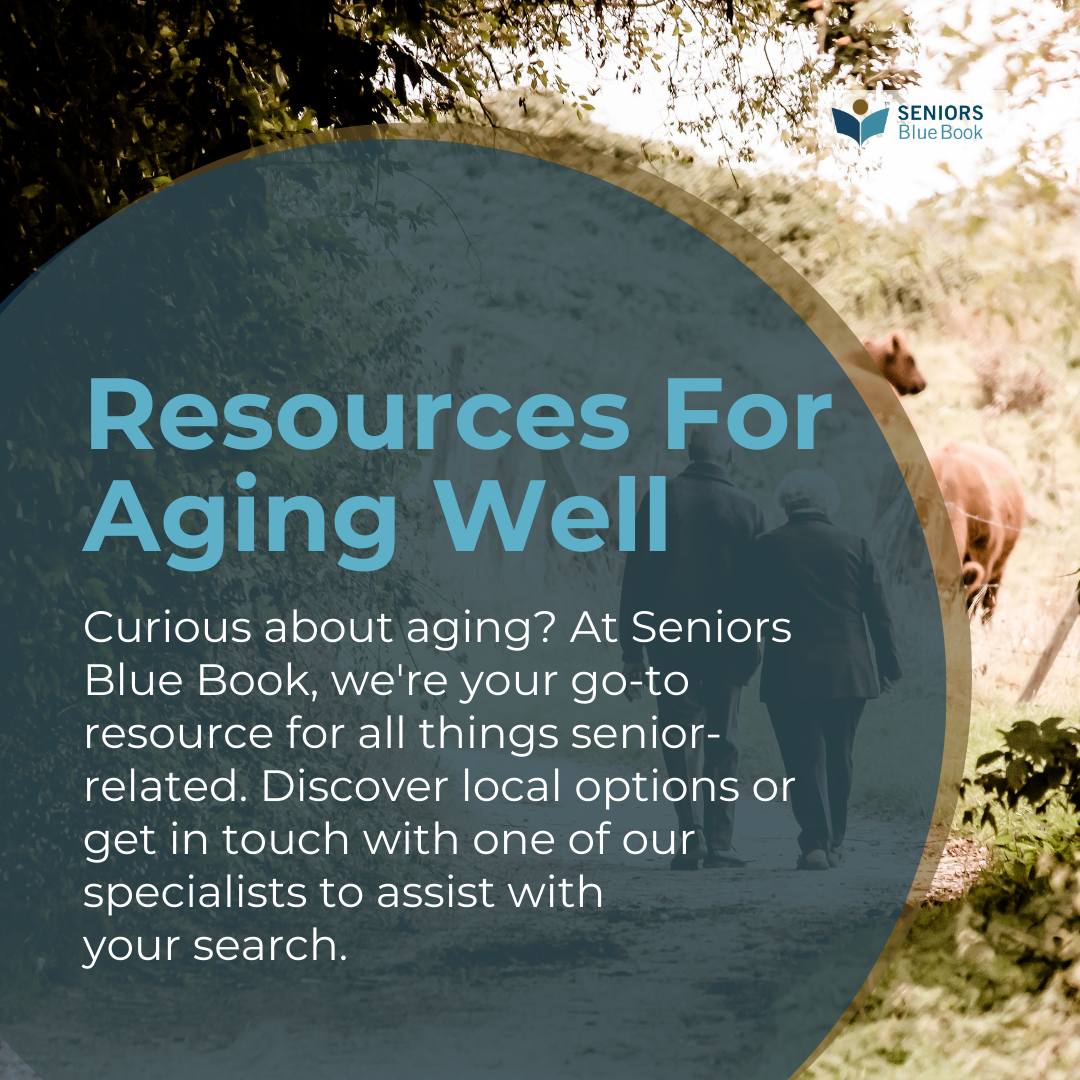


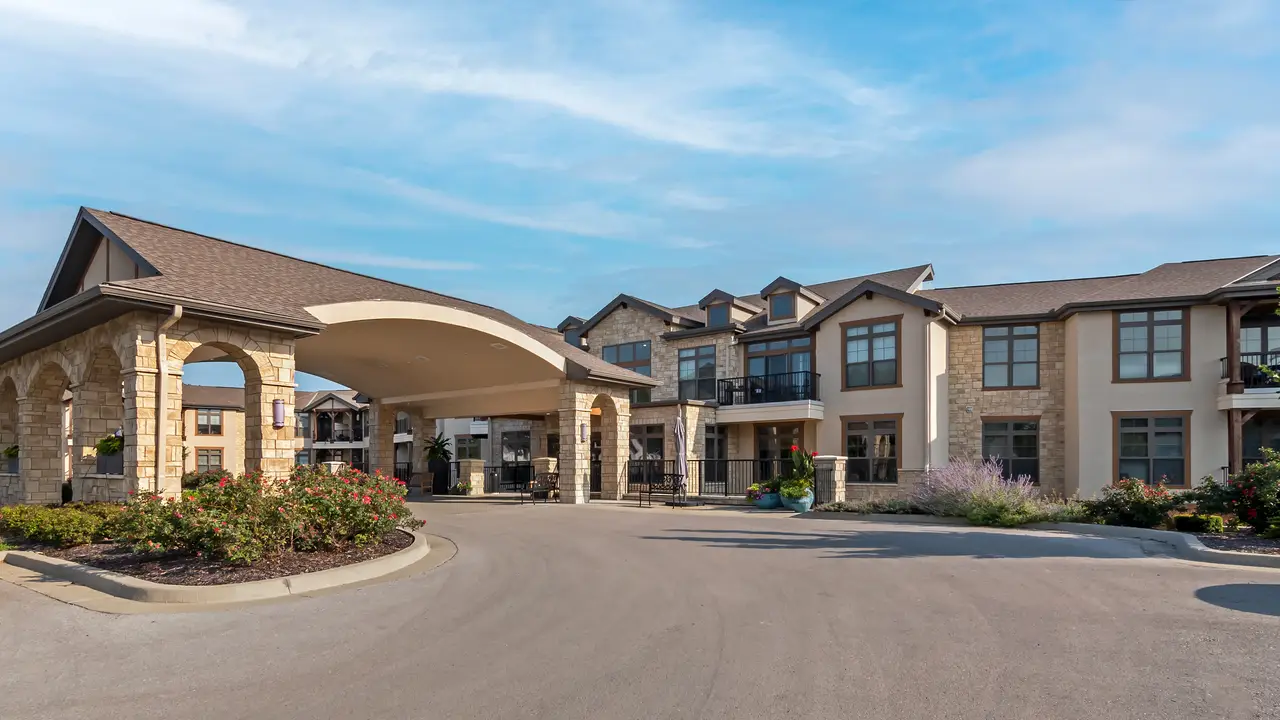
.png)


.png)

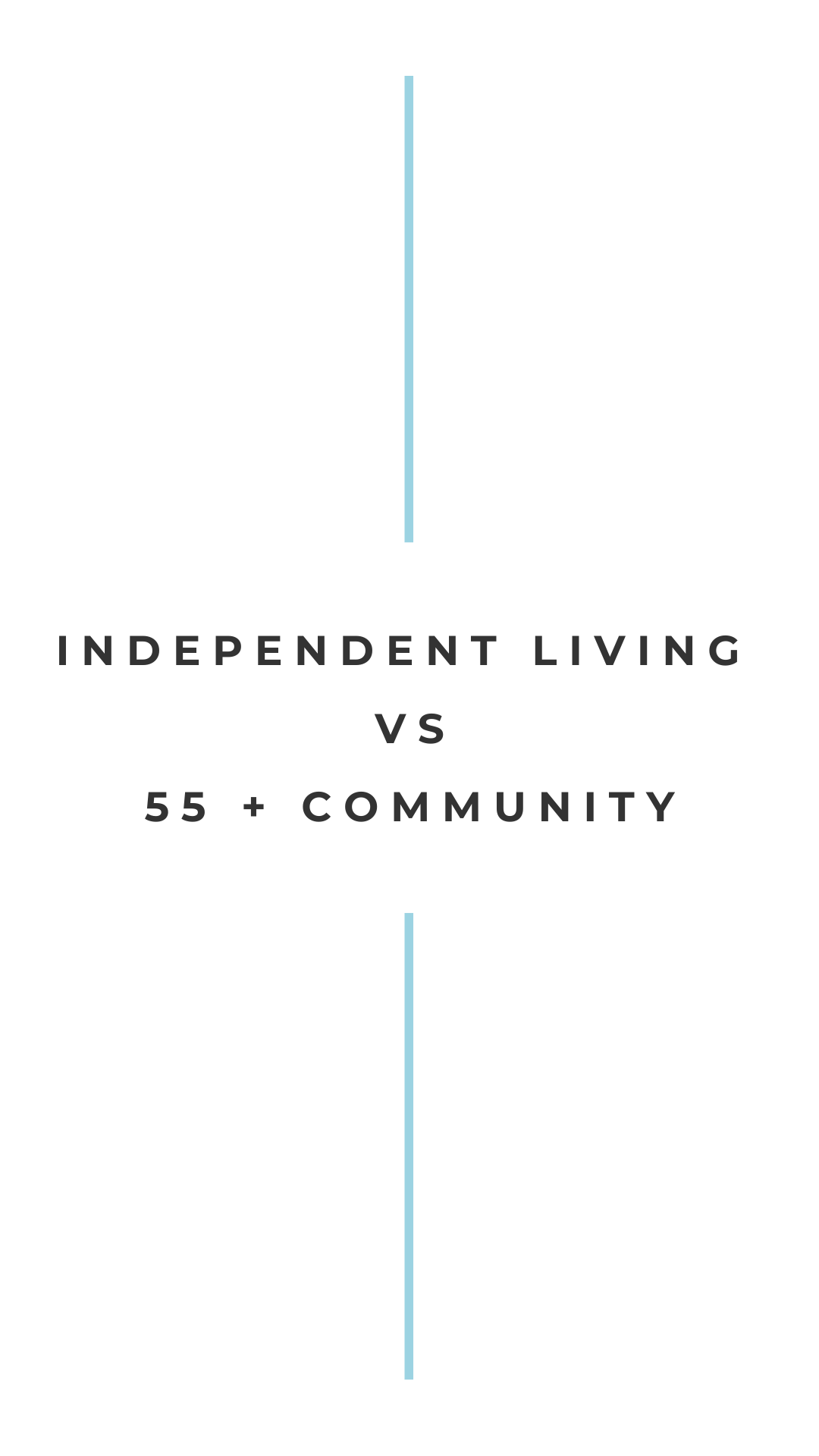
.png)


.png)
 (1).png)

.png)
.png)

 (1).png)